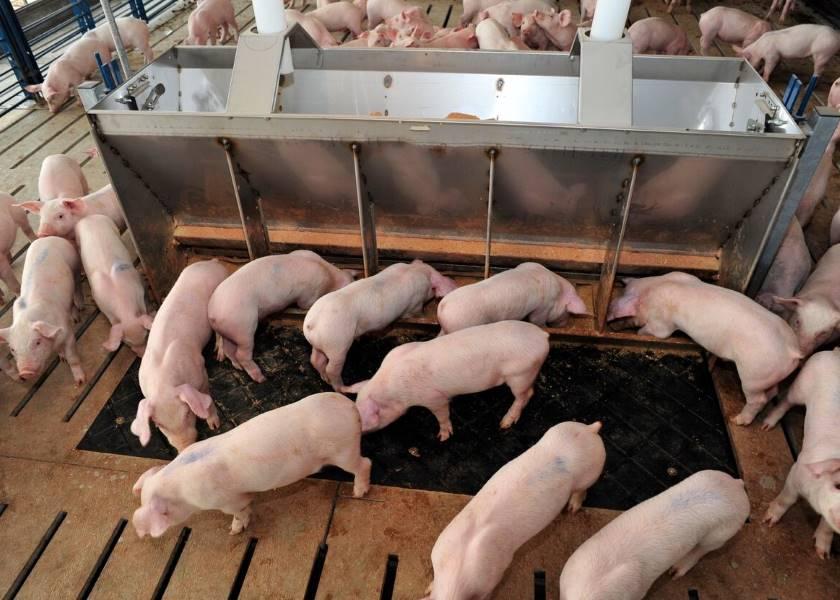Zoetis Introduces Personalized Mycoplasma Hyopneumoniae Management Program

Zoetis announced the first comprehensive Mycoplasma hyopneumoniae (Mhp) management program on Jan. 31. Mhp Guardian moves Mhp-positive herds into a negative or more stable status and keeps them there, the company said in a release.
Mhp, one of the most prevalent and economically significant respiratory pathogens in the swine industry, can affect pigs of all ages. However, the company explained pigs typically become infected in the first few weeks of life either from the sow or from other pigs after commingling.
“Pigs with mycoplasma pneumonia will have a dry hacking cough, and as a population, they become very lethargic and lack the activity level of a healthy group of pigs,” Dave Baumert, senior technical services veterinarian with Zoetis Pork, said in a release. “Subsequently, we see decreased average daily gain and feed efficiency. In addition, the producer is paying for increased medication costs and higher facility costs because Mhp-infected pigs will take longer to reach a target market weight.”
Mhp Guardian is the first consultative, comprehensive Mhp management program that moves Mhp-positive herds into a negative or more stable status, the company said. It offers a step-by-step approach to help guide pork operations through a herd status identification process and delivers a customized road map for either a control or elimination program, depending on their specific goals or objectives.
“The Mhp Guardian program has four steps – the first step is to establish herd status using STOMP PLUS, our consultative diagnostic service, to classify each site or farm as positive uncontrolled, positive controlled, provisionally negative, or negative. The second step is to assess intervention options. Using a risk management model, we determine whether control or elimination is the best fit for your operation and then build a customized, practical plan for your operation,” Eva Jablonski, a senior technical services veterinarian with Zoetis Pork, said in a release. “Step three is implementing those intervention strategies – this is the nuts and bolts of getting it done. We'll work with you to develop a customized roadmap, taking into consideration system constraints, pig movement, etc. Lastly, step four is monitoring intervention outcomes. We'll work with you to develop a refined diagnostic plan to ensure the intervention was successful and to continue measuring stability.”
More from Farm Journal's PORK:
SHIC’S DOMESTIC SWINE DISEASE MONITORING REPORT RENEWED FOR 2023
MORE ACCURATE GILT TESTING NEEDED TO DETECT MYCOPLASMA HYOPNEUMONIAE







